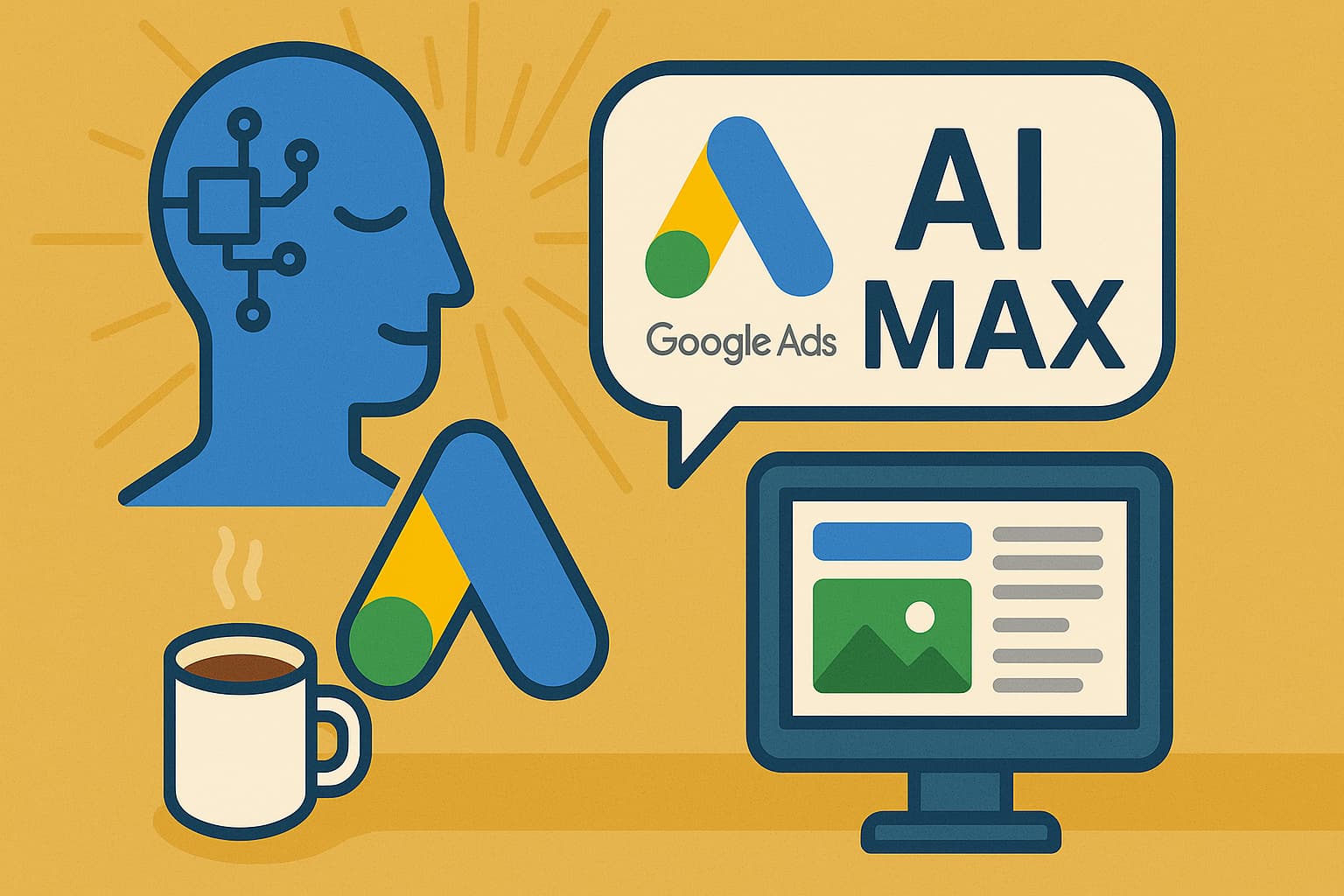They say ‘If it’s not broken don’t fix it,’ but how true is that in modern day marketing? The Traditional Media vs Digital Media war continues, but things have indeed changed. 2017 is in its second half and we have already witnessed some major changes to the biggest social media platforms around. Just when you seem to get a handle on a platform, they go on and change ‘everything’ (again)! Why are they doing this? The rationale is centred around maximizing opportunities rather than fixing a problem. Social media platforms take every opportunity to keep people engaged on their platforms for as long as possible. It’s no secret that social media is always evolving. For example, take the way live video has recently overtaken everything on social. With this, marketers and businesses alike need to pay attention to these changes as a long-term strategy. This does not mean all the features and beta tests have to apply to your company but when it makes sense, use them to further your business interests.
Here are some of the most significant changes we have seen in the last 12-18 months:
- SnapChat Snap Map
- Facebook Reactions
- Twitter native GIF search
- Facebook Live
- Snapchat – Chat 2.0
- Instagram’s new multiple account feature
- Instagram Stories
- Twitter’s best tweets first
- Twitter live video
- Instagram changed feed algorithm
- SnapChat Voice Filters
Most of these changes were driven by the changing landscape in how people consume and share media. Media consumption is taking a specific direction while it evolves. People want quick, easy and trendy. Tech is moving fast and mobile is leading the pack when it comes to marketing. It has played a part in all of these changes.
Marketers are challenged with keeping up with the pace to make sure businesses do not lose out on the windows of opportunity. In that, the messages can somewhat seem mixed. Do you formulate a strategy and stick to it for x amount of time? Or do you stay abreast with all the changes and adapt? How about both? What matters is what works best for your business. Regardless of the fact, you can’t ignore the changes forever. Your digital marketing strategy must be flexible enough to allow necessary tweaks along the way – not be set in stone.
The underlying principle is that these changes signify that your customers are using social media differently over time. Businesses are doing the same. As mentioned earlier, it’s always evolving. Social media is no longer just about interaction with like-minded individuals or keeping in touch across geographical limitations. Social media is now a staple activity of the day as THE information hub. What does this mean for your business?
Social is mobile. Mobile is social.

Google recently announced that they are introducing unskippable 6 second ads called bumpers on YouTube. Why? Because mobile, that’s why. Instagram changed its entire video setup and the reasons why are a good indicator of the dominance of mobile. If you haven’t figured it out by now, mobile devices are exactly where media consumption is growing faster than you can imagine with video leading the way. By 2020, it is estimated that 75% of the world’s mobile traffic will be video. At Strong Coffee, we have already experimented with both Instagram Stories and Facebook Live during our podcast recordings and it’s easy to see why there is great potential for video.
Social is now. Social is the future.
If you are neglecting social, you are missing out on engaging with your customers (or potential ones) wherever they are. They are engaging with social content via their mobile devices. You could be where your customer is at any given time via social. No business can afford to remain stagnant in their approach to social media because 6 months from now, things WILL change. Those who are behind may struggle to catch up by the time they realize the importance.
How to stay ahead as a business on social media
What can you do as a business to make sure you do not fall behind? Here are some tips:
- Review your social media platforms regularly – make it part of the process, not a once-in-a-while thing.
- Know your demographic and how they consume media – if you don’t, you are hoping for a lucky break to help your business more than a solid digital game plan.
- Amp up your social listening – listen, learn and strategize.
- Understand Analytics as a business strategy tool – analytics are everywhere and your metrics will paint a story for you to act on.
Recent Posts
Boost Business Efficiency with Google Workspace Automation Tools
Streamlining Your Business with Google-Based Automations Hey there, fellow business owners! If you’re like most of us, you probably feel like there just...
Harnessing Google Tag Manager for Better User Insights and Performance Tracking
Unlocking the Power of Google Tag Manager: Simplifying Tracking and Understanding User Behavior Hey there, fellow business owners! If you’re navigating the digital...
AI Max: Transform Your Google Search Ads Strategy Today
Unleashing the Power of AI with Google Ads’ New AI Max Hey there, fellow business owners! If you’re anything like us at Strong...


